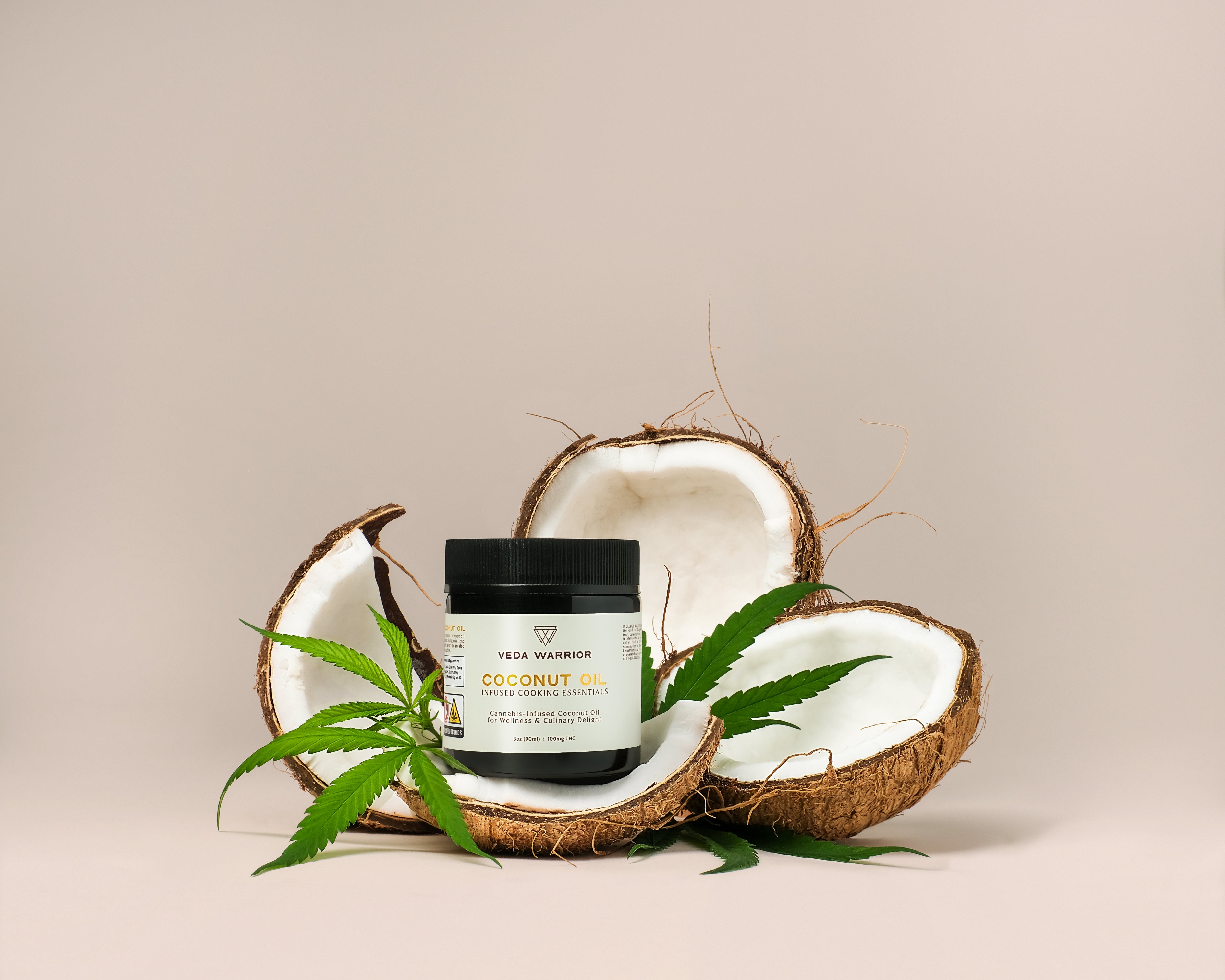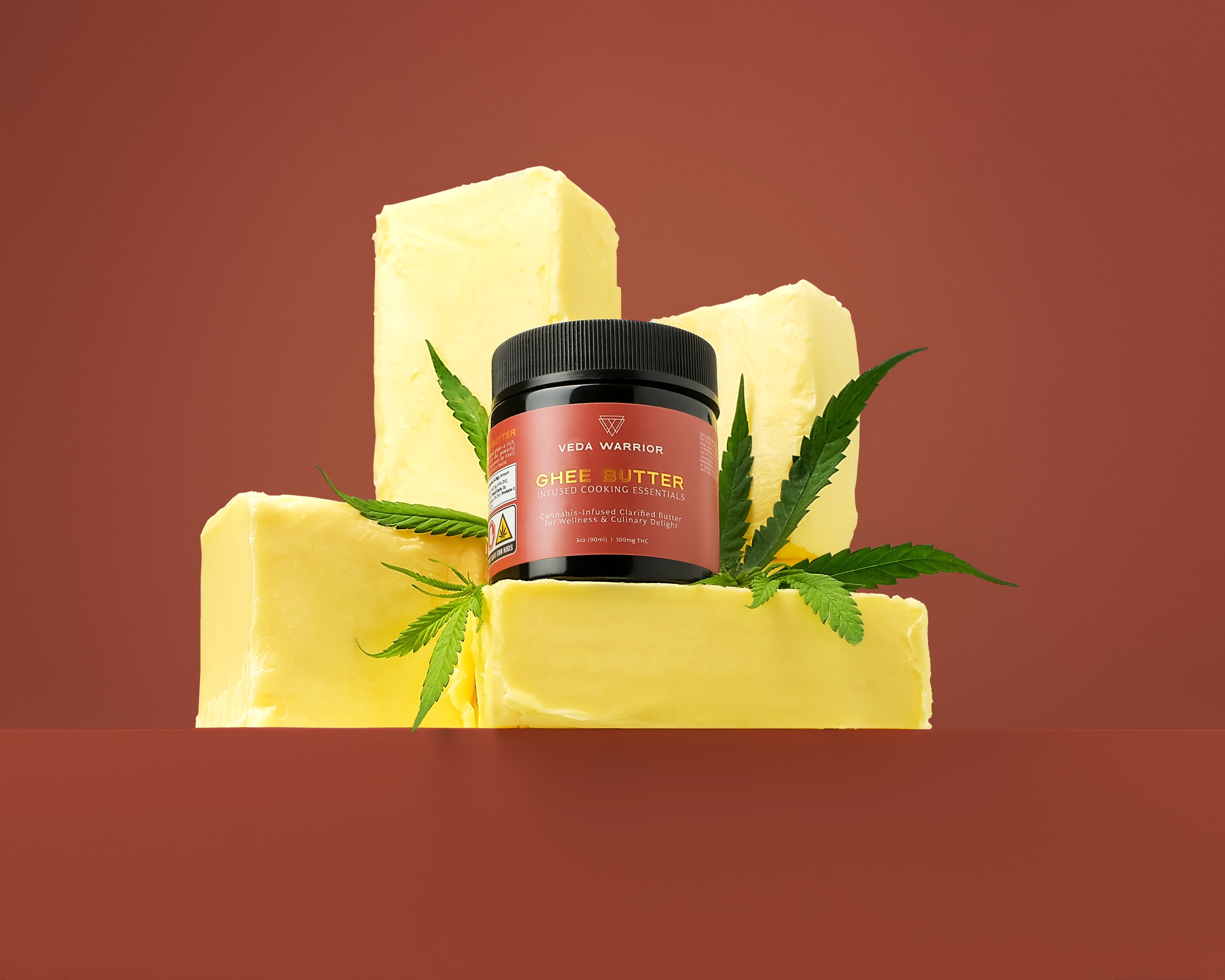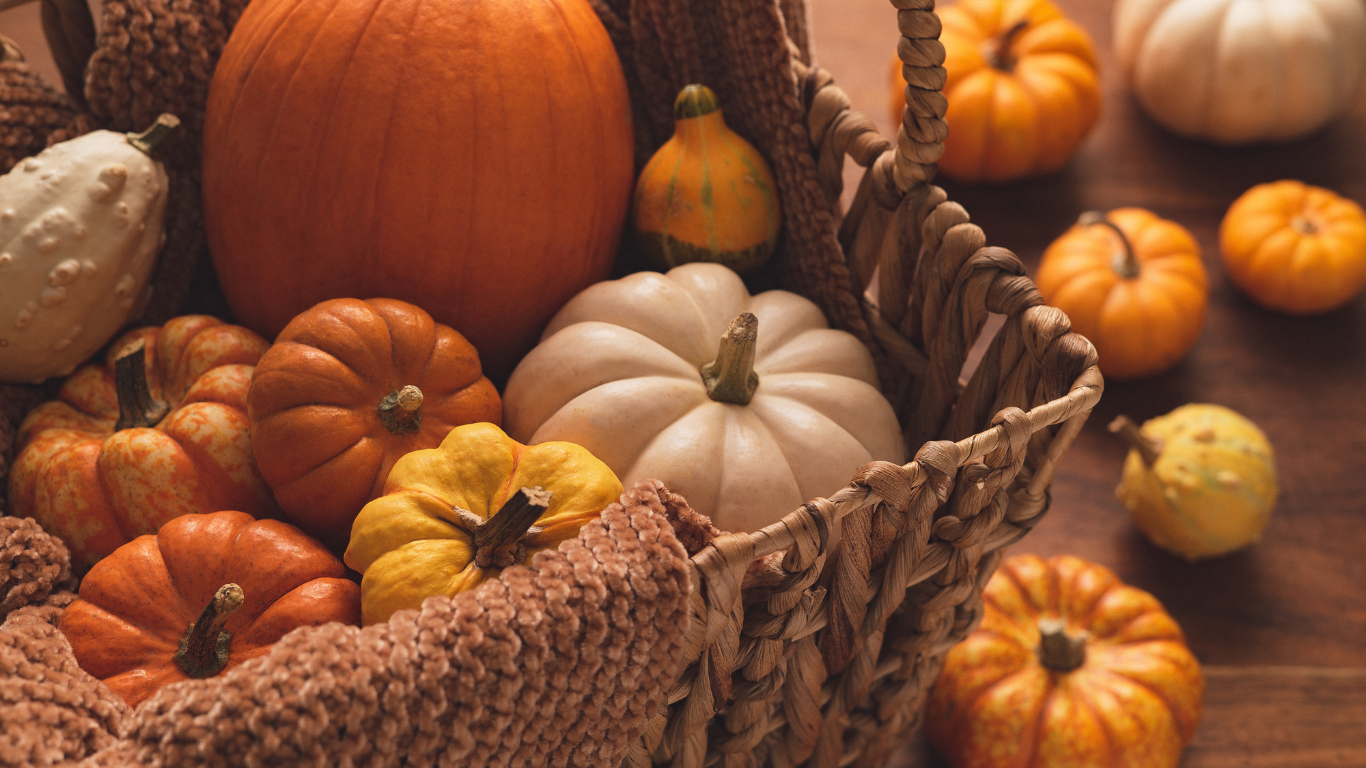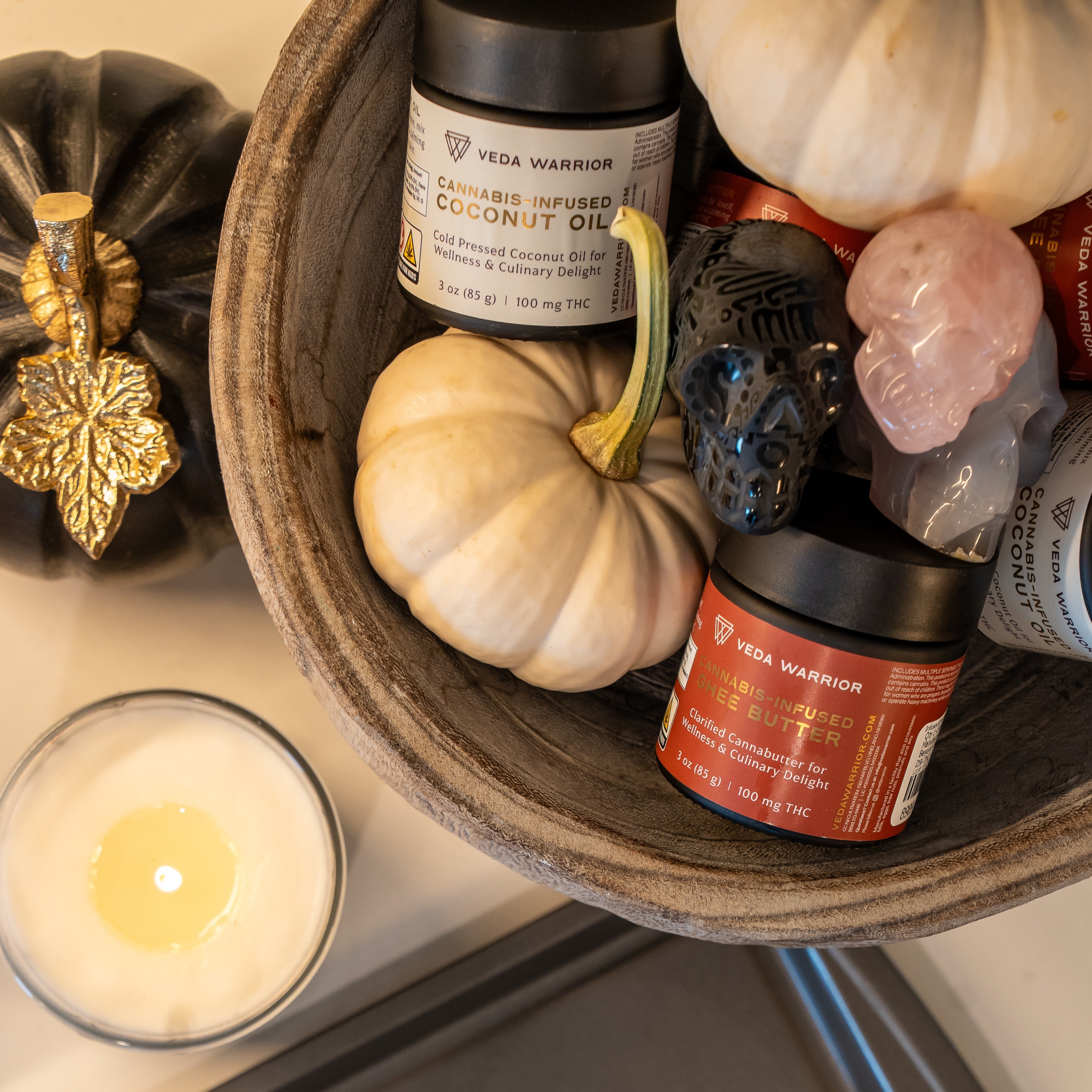Every autumn, as the nights grow longer and a chill appears in the air, we naturally find ourselves drawn to rituals of mystery and transformation. Today, we call it Halloween—a playful holiday of costumes, pumpkins, and candy. But beneath the modern festivities lies a profound, ancient lineage rooted in honoring the dead, acknowledging cycles of life and death, and turning inward as the earth darkens.
Halloween’s origins stretch back thousands of years to Celtic festivals, medieval Christian rites, and global traditions of ancestor veneration. To live our fullest lives today, we can learn from these cycles: outside, we honor our ancestors and those who came before us; inside, we release parts of ourselves that no longer serve us, making space for renewal.
The Celtic Roots: Samhain and the Turning of the Year
The story of Halloween begins with the ancient Celts of Ireland, Scotland, and Britain. For them, the most important festival of the year was Samhain (pronounced “Sow-in”), celebrated from October 31 to November 1. Samhain marked the end of the harvest season and the beginning of winter—a liminal time when the boundary between the physical and spiritual worlds was believed to grow thin.
The Celts viewed Samhain as a night when spirits of the dead could cross over, visiting the living. Fires were lit to guide souls, and offerings of food and drink were left out to honor ancestors and appease wandering spirits. People wore masks and costumes to disguise themselves from malevolent beings. This practice is the precursor of today’s Halloween costumes.
For the Celts, Samhain was not a holiday of fear but of respect for death as part of the natural cycle. Just as crops die back in autumn, so too do aspects of human life pass away—making room for rebirth in the spring.
Roman Influence and Christian Transformation
As the Roman Empire expanded into Celtic lands, traditions blended. The Romans brought their own festivals, such as Feralia (a day in late October when Romans honored the dead) and a celebration of Pomona, the goddess of fruit and orchards. The imagery of apples, still central to Halloween through games like bobbing for apples, stems from this Roman influence.
By the early Middle Ages, Christianity sought to overlay pagan festivals with Christian meaning. In the 8th century, Pope Gregory III established November 1 as All Saints’ Day (or All Hallows’ Day) to honor all saints and martyrs. The night before, October 31, became known as All Hallows’ Eve—eventually shortened to Halloween.
This blending of traditions carried forward: fires to guide souls became Christian vigils, offerings to spirits became prayers for the dead, and community feasts shifted into church-centered observances.
The Evolution of Halloween in Europe
During the medieval period, Halloween became closely tied with All Souls’ Day (November 2), when prayers and masses were offered for the faithful departed. Communities believed that honoring the dead helped souls in purgatory reach heaven more quickly.
In England and Ireland, people practiced “souling”—going door-to-door offering prayers for the dead in exchange for food, often soul cakes. Children eventually took up the tradition, echoing what would become trick-or-treating. Costumes and masks also persisted, continuing the Celtic custom of disguising oneself from spirits.
The holiday was always tied to the seasonal shift: shorter days, colder nights, and a deep awareness of mortality as winter approached. This made it not just about honoring ancestors, but also about facing the inevitability of death—a reminder to live fully while we can.
Halloween in America
When Irish and Scottish immigrants came to America in the 19th century, they brought their Halloween traditions with them. Over time, these practices evolved into a distinctly American celebration.
Jack-o’-lanterns emerged from the Irish legend of Stingy Jack, a man doomed to wander the earth with only a carved turnip lit by a coal. In America, pumpkins were plentiful and easier to carve, so they replaced turnips.
Trick-or-treating became widespread in the 20th century, combining older souling customs with neighborhood-centered candy distribution.
Costume parties shifted the holiday toward community fun and away from strictly spiritual themes.
By the mid-20th century, Halloween had transformed into the secular, playful holiday we know today—complete with candy, haunted houses, and popular culture iconography. Yet at its core, the holiday remains rooted in rituals of death, remembrance, and seasonal transition.
Why October 31?
Halloween is celebrated on October 31 because of its alignment with seasonal cycles. The Celts observed Samhain on this date, marking the halfway point between the autumn equinox and the winter solstice. It symbolized the descent into the darkest part of the year, when crops died and the earth turned inward.
This date was carried forward by the Christian church when establishing All Hallows’ Eve. Even in modern times, the choice of October 31 connects Halloween to the natural rhythm of the seasons—a threshold between light and dark, life and death, endings and beginnings.
Symbolism and Inner Meaning
Beyond history, Halloween invites us to reflect on cycles within ourselves. Just as the Celts honored the dying season and the spirits of the departed, we too can embrace Halloween as a ritual of letting go.
Inner world: What parts of ourselves no longer serve us? Old habits, limiting beliefs, outdated identities—Halloween invites us to release them, like leaves falling from a tree.
Outer world: How do we honor those who came before us? Remembering our ancestors, reflecting on their lives, and carrying forward their wisdom keeps us rooted in continuity.
When we integrate these cycles, we recognize that death is not an end, but a transformation—necessary for rebirth and growth.
Key Takeaways
Halloween has ancient roots in Samhain, a Celtic festival marking the end of harvest and the thin veil between worlds.
Roman and Christian influences layered new meanings, transforming it into All Hallows’ Eve.
Traditions like costumes, jack-o’-lanterns, and trick-or-treating evolved from ancient rituals of honoring and protecting against spirits.
The date, October 31, aligns with natural seasonal cycles of death and rebirth.
Halloween is not just about external celebration—it offers an inner practice: honoring our ancestors and letting go of past versions of ourselves.
Honoring the Cycles of Life and Death
Halloween is more than candy and costumes—it is a ritual embedded in human history, stretching from Celtic fire festivals to modern neighborhood parades. Across cultures and centuries, people have used this time to remember the dead, confront mortality, and embrace transformation.
When we celebrate Halloween consciously, we connect with an ancient rhythm of the earth. We honor our ancestors. We honor what is dying within and around us. And in doing so, we make space for renewal and growth.
This October 31, as you carve pumpkins or light candles, take a moment to reflect: What cycles are closing in your life? What do you need to release? And how can honoring the past open the doorway to living your best, most vibrant life today?















